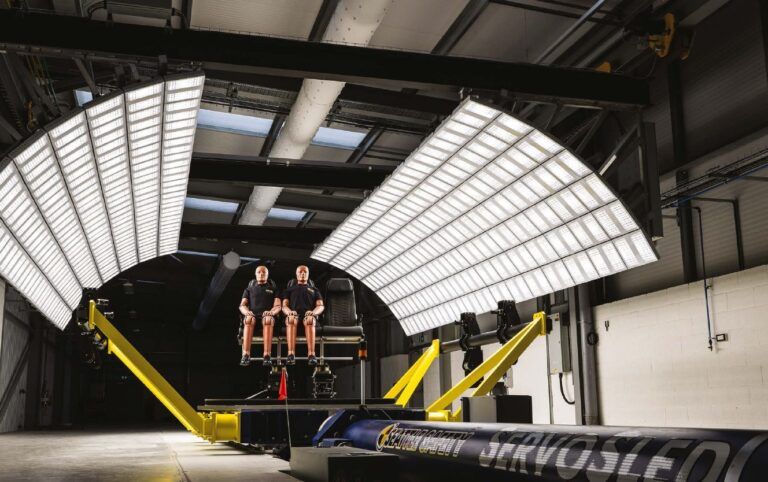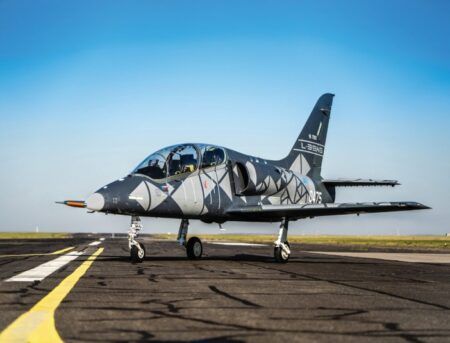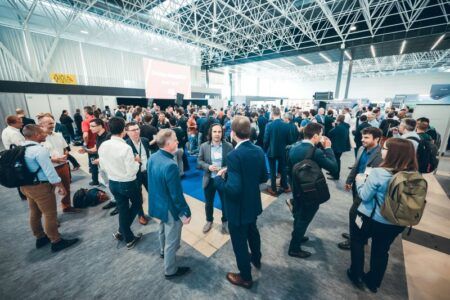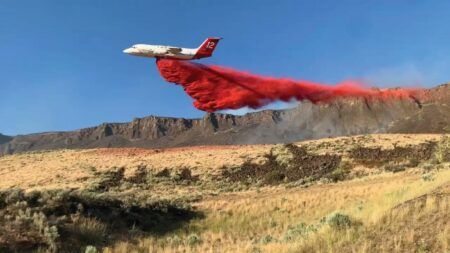Engineers are using the latest equipment in dynamic testing facilities to ensure airline seats are safe enough
Opened in 2022, Mirus Aircraft Seating’s M-Test facility occupies a large, non-descript building linked to the manufacturer’s Hingham headquarters in the rural surroundings of Norfolk, UK.
The location enables certification testing and trials of new seating concepts on the manufacturer’s doorstep, saving on transport costs and emissions. It also simplifies the connection between engineering and test, and allows the airline seating manufacturer to investigate prototype and experimental designs without exposing its intellectual property to a third party test facility.
Access to M-Test is controlled for reasons of security and health and safety. A spacious office leads into a corridor with meeting rooms and workspaces, then into the main test area, a long, high and relatively narrow UKAS ISO 17025 accredited space dominated by a 30m track and sled.
Adjacent rooms provide space for engineers, test personnel and visitors, especially from third-party organizations when M-Test is working with a customer.
Nick Targett, test facility manager at Mirus is an automotive industry veteran Are you who brings decades of occupant safety, seat and vehicle trials experience to M-Test. He says, “The reverse-acting sled uses compressed air to energize a ram. The system charges to a maximum of 3,000 psi, depending on the pulse we require and the payload on the sled, as calculated by the control system. Accelerations of up to 90g are possible with a small payload, while the maximum payload is 3,000kg.
“Tests take around 300 milliseconds – the blink of an eye – and occur over a distance equivalent to the length of the sled.”
A servo brake under the sled clamps it in place against the pneumatic pressure and releases it as the pressure charges to the required level for the pulse. The sled then moves at the selected acceleration for its own length and uses the rest of the track to coast down. Accelerometers sense its movement and within the 300ms, the the brake is applied. A separate accelerometer gathers data for regulatory authorities during certification tests.
“Tests take around 300 milliseconds, the blink of an eye, and occur over a distance equivalent to the length of the sled”
Crucially, tests occur under acceleration but are simulating an identical, sudden deceleration. The effect on seats and passengers is the same, because the test seats mount onto the sled backwards. Hence the sled is of the reverse-acting type.
LOCKDOWN
The pneumatic ram providing the acceleration is solid-looking and impressive. In one corner, a door leads in to a pump room containing stacks of compressed air cylinders.
Safety is critical throughout M-Test. During tests the building locks down. If a door is unlocked, the system is prevented from progressing onto the next stage of the launch process.
Massive lighting rigs slide up and down parallel to the track, creating two angled banks that illuminate the sled from either side, enabling high-speed photography via cameras mounted on the sled and floor. Each bank comprises three sections. The effect when all six are illuminated is comparable to a bright sunny day – squinting painfully is the only option and explains why the observation rooms have darkened glass windows.
The cameras shoot at 1,000 frames per second, creating imagery with the accelerometer data. Instrumented anthropometric test devices (ATDs), colloquially known as crash test dummies are a standard requirement in most seat tests and these also gather data.
“Each ATD has three accelerometers in the head to assess potential head injury and ensure compliance with head injury testing. There are load cells in the femurs and a lumber spine load cell. This is primarily used for the 14g down-test, which simulates a heavy landing, undercarriage collapse or belly landing,” Targett says.
Describing a dummy sitting somewhat incongruously in an office chair as it is prepared for a test, Targett refers to it several times as he. In fact, the test dummies are Hybrid II 50th percentile male, meeting standards for airlines taken from automotive requirements defined in the 1970s.
These dummies do not seem representative of today’s heavier population and female and child travelers, but are appropriate for certification.
Targett says, “Research is ongoing into updating standards and the crash testing of smaller, lighter occupants.”
The dummies are always dressed to meet regulatory requirements. Typically, this is in a T-shirt, shorts and shoes to ensure seat belts and other materials interact as they would with a human passenger. Bright clothes and contrasting colors are useful for helping differentiate dummy from seatbelt in high-speed footage.

The seats themselves are equipped with weighted packs simulating pocket literature and under-seat hand luggage. “The regulations state that the seat must retain the mass applied to it,” Targett states. “That means the baggage must stay in place against the baggage bar and the bar must remain intact. The literature pocket must also remain in one piece.”
Under 14g acceleration, a duty free catalogue may do serious damage to a passenger’s head.
TEST DAY
M-Test’s technicians need around a day to mount a set of test seats, including dummies and ballast, onto the bare sled. While structurally complete, test seats may lack some electronic and other components. This deficiency is also remedied by adding ballast.
“When people ask me what I do, I tell them I get to try and break things every day”

Seats bolt into tracks, like those in an aircraft cabin, on a test rig mounted to the sled. The rig may be removed for other test subjects and M-Test also performs trials on the cabins of road ambulances.
Once seats are mounted, a set of pre-test measurements is gathered using a FaroArm 3D measuring system before the dummies are installed and cameras set up. Further checks include a careful inspection for loose items and tools, and the collection of pre-test still photographs, including images of the weighing process for dummies and seats.
When all checks are complete, personnel enter either the control or viewing room. The size of the equipment and power involved suggests that a large green button ought to be involved in the firing sequence, but only a mouse click is required once the system is sufficiently energized.
Most trials are performed at between 2,000 and 2,500psi, for 14 or 16g, and from empty the system pressurizes in just three minutes.
In the case where a test subject fares badly, Targett says removing the deformed remains from the sled can be challenging. In the rare worst-case scenario, the twisted remains of the test item break away and are strewn along the track. Post-test measurement of the deformed pieces and demounting are carried out. Seat deformation is expected within regulatory limits, but cracks and breaks are a problem. The load path between the seat and floor must remain intact.
Mirus Aircraft Seating is Targett’s primary customer, but as facility manager he says he likes to see the sled constantly busy. It is therefore available to other aircraft seating OEMs and customers from other sectors.

“We have a couple of customers who make business-class seats, and we test car bodies and seats, and emergency service vehicles too,” Targett says.
The latter work generally involves ambulance bodies and their ability to retain equipment in the event of an accident. Vehicle bodies fully furnished with representative masses rather than equipment are accelerated to 10g from five directions in multiple tests, roughly equivalent to an immediate stop from 30mph (45km/h).
Internal GoPro cameras are used rather than high-speed units, but Targett says a failed test is normally obvious on firing because of the noise and the opening the vehicle’s rear doors.
Whatever is mounted on the sled, Targett finds the work satisfying: “No two days are the same, even if we’re doing a series of similar tests, because the results always vary, even if only because the dummy was leaning slightly differently. When people ask me what I do, I tell them I get to try and break things every day.”


BUSINESS CLASS SEATS TESTED
Thompson Aero Seating opened its Dynamic Test Facility (DTF) in Banbridge, Northern Ireland, in 2023. The company makes business class seating and enjoys all the benefits from its DTF that Nick Targett describes for M-Test.
There are differences between the seats they test and the facilities. Martin Allen, head of airworthiness at Thompson says: “Our system is a reverse accelerator, comprising a hydraulic catapult unit and a moving sled pushed backwards. The test is completed within the first few meters of travel. The rest of the track is used to gently decelerate, reducing secondary effects on the test article and enabling a purer evaluation.”
In terms of g, payload and high-speed photographic capability, the DTF and M-Test facility are similar, although the DTF uses instrumented Hybrid II and Hybrid III ATDs.
The major differences are in the test subject. Allen says, “Business class seats are wider, taller, heavier and more complex than economy seating.”
The entire business class seat is mounted to the sled, including the articulating mechanism and surrounding furniture. Each item is represented and considered as part of the assessment. “There are requirements to prevent items becoming a hazard. There is a move to multi-latched doors to reduce contents escaping. The capability of the latches is demonstrated across test criteria including load capability, general wear and tear, and abuse loading.”
Like Mirus, Thompson uses its facility for a combination of project certification tests and R&D. Allen says, “An aspect of our ongoing R&D is weight reduction as part of our sustainability drive. The internal testing capability enables us to explore weight reduction opportunities which otherwise may not have been viable.”
